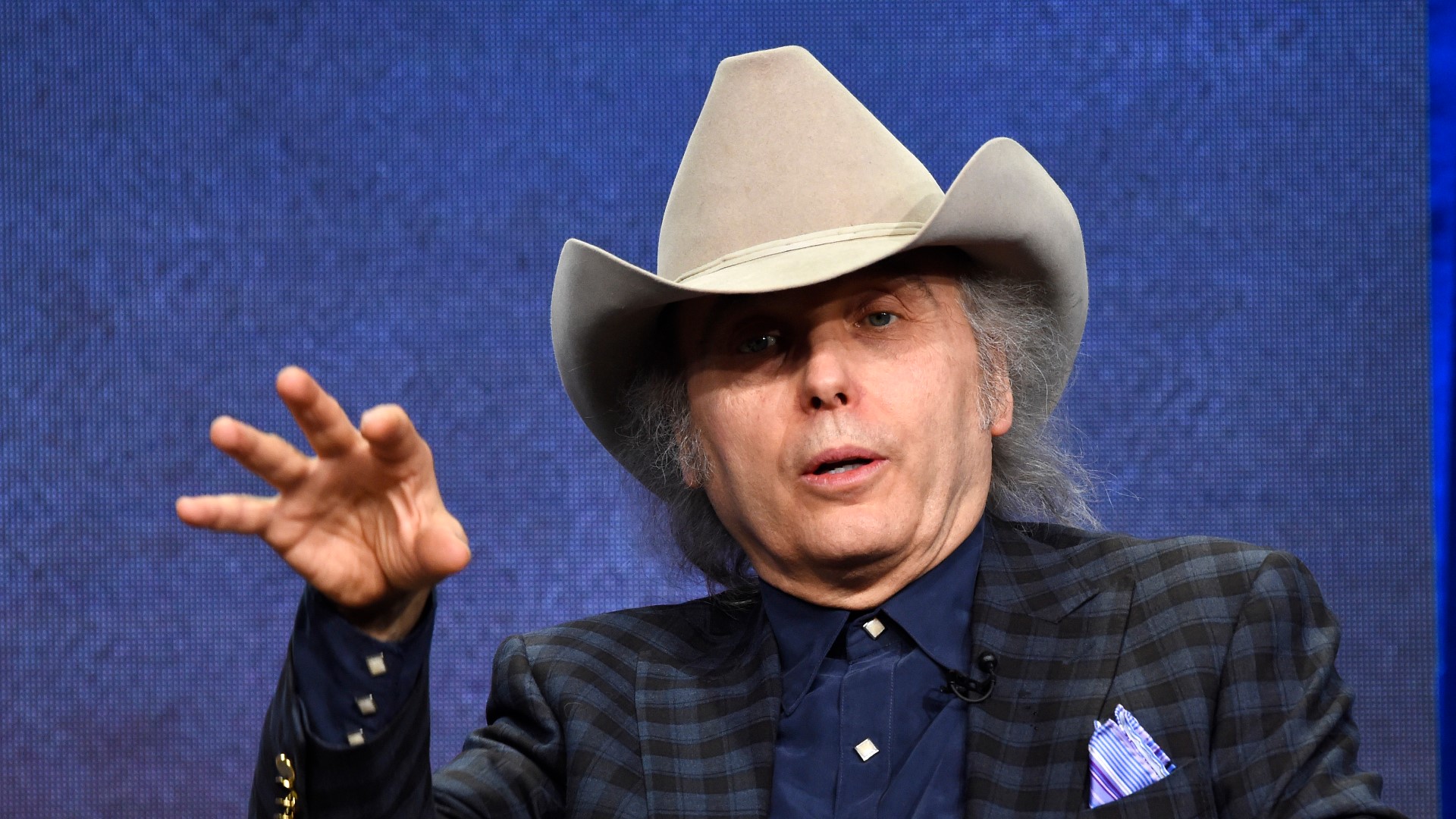
A hillbilly strut reimagined for the neon ’80s—three chords, a grin, and a Cadillac’s worth of swagger.
If you want the facts up front, here they are: Dwight Yoakam launched his major-label career with “Honky Tonk Man,” released as his debut single on January 27, 1986, and folded into the breakthrough album Guitars, Cadillacs, Etc., Etc. It shot to No. 3 on Billboard’s Hot Country Singles & Tracks and all the way to No. 1 in Canada—a remarkably confident opening bow for a new artist who didn’t look or sound like Nashville’s center line. The track’s Sherman Halsey–directed clip also made media history: by wide contemporary accounts, it became the first country music video ever aired on MTV.
Of course, the song has bones older than Yoakam’s hat. “Honky-Tonk Man” started life in 1956 as Johnny Horton’s debut single, a roadhouse confession cut in Nashville with Grady Martin and Harold Bradley—No. 9 on the country chart the first time around, and a No. 11 return on a 1962 re-release. Yoakam isn’t merely paying homage; he’s updating a standard that already knew how to dance. He trades Horton’s rockabilly crackle for a Bakersfield-leaning pocket—telecaster bite, walking bass, a drum kit that snaps like a bartender’s towel. It’s faithful to the spirit, not the letter.
Context is what makes Yoakam’s version feel like a manifesto. Mid-’80s country was busy airbrushing its twang; meanwhile, an L.A. club rat in a nudie-sharp hat and skin-tight jeans was doubling down on honky-tonk grammar—Pete Anderson’s guitar slicing clean lines, the rhythm section swinging instead of stomping. On paper, that might have sounded retro. On record, it felt like morning air: crisp, unrushed, and very much alive. As the kickoff to Guitars, Cadillacs, Etc., Etc., the single planted a flag that Yoakam would wave for decades: Bakersfield truth in a modern frame, built to hold up under bright lights.
The video sealed the deal. Sherman Halsey—who would become one of country’s defining video stylists—shot Yoakam with the same clarity the record had: no gimmicks, just a band in its element and a singer who meant it. MTV played it, which mattered more than a trivia line; it pulled rock watchers toward a sound they’d been told was out of fashion. In the process, Yoakam widened the on-ramp to country for a whole cohort who discovered twang through telecasters and television. The clip even picked up a CMA nomination for Music Video of the Year, a tidy sign that Nashville noticed the moment, too.
What’s the song saying beneath the chrome? Its hook is practically a creed: guitars, Cadillacs, and hillbilly music are the only things that keep me hangin’ on. In Yoakam’s mouth, that’s not cosplay; it’s autobiography. He’d been woodshedding this sound on the West Coast—opening for punk-scene heroes, touring the Palomino and the Roxy—long before Reprise put it on vinyl. So when he leans into “I’m a honky-tonk man”, you hear hard-won intent, not pastiche. The band rides a brisk shuffle; the vocal grins without winking; the arrangement leaves enough air for every detail to land. It’s joy with a little grit—the kind that draws older listeners because it respects mileage as much as momentum.
A small pleasure here is hearing how the old and the new talk to each other. Horton’s lyric sketches a life of bars, bad decisions, and irresistible music; Yoakam’s performance answers with self-aware steadiness. He’s not bragging about the chaos; he’s naming the cure. That’s why the record ages so well. Where a flashier cover might have gone for speed or muscle, Yoakam and Anderson choose feel—a pocket you can live in. For three minutes, the world makes sense: the tele bites, the snare cracks, the singer smiles like he’s earned it.
And then there are the ledger lines—the ones that made this more than a cult victory. Release date (Jan. 27, 1986); U.S. peak (No. 3); Canada (No. 1); the song’s position as the very first single on a major-label debut that would change where the center of country radio sat for a minute. The album kept the run going (“Guitars, Cadillacs” hit the Top 5 later that summer), but “Honky Tonk Man” is the doorway you walk through to understand the whole Yoakam thing: tradition sharpened until it feels modern again.
If you’re just dropping the needle now, listen for the little decisions that make it swing: Anderson’s bright fills answering the vocal, the bass walking instead of thudding, the way Yoakam rounds a vowel to keep the line in motion. If you were there in 1986, you’ll remember the larger surprise: a neo-traditional cut was suddenly at home on MTV and country radio alike, and that hat—like the song—wasn’t a costume; it was a compass. “Honky Tonk Man,” in this reading, isn’t only about the fellow in the lyric. It’s about an artist choosing which parts of the past to carry forward and proving, with a hit, that the old road still leads somewhere worth going.